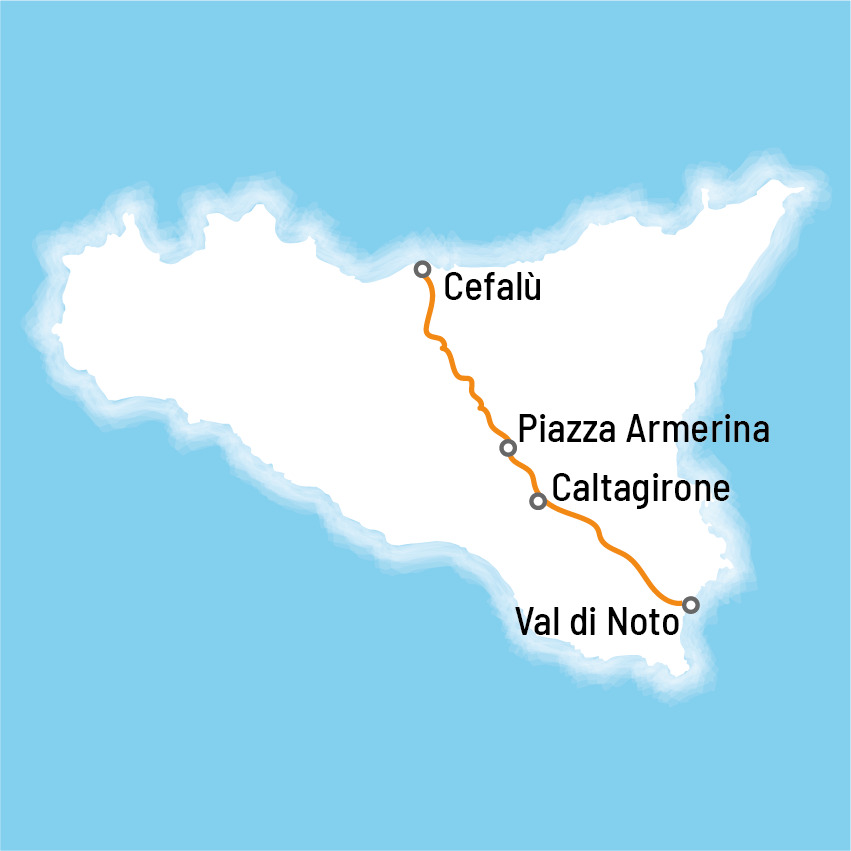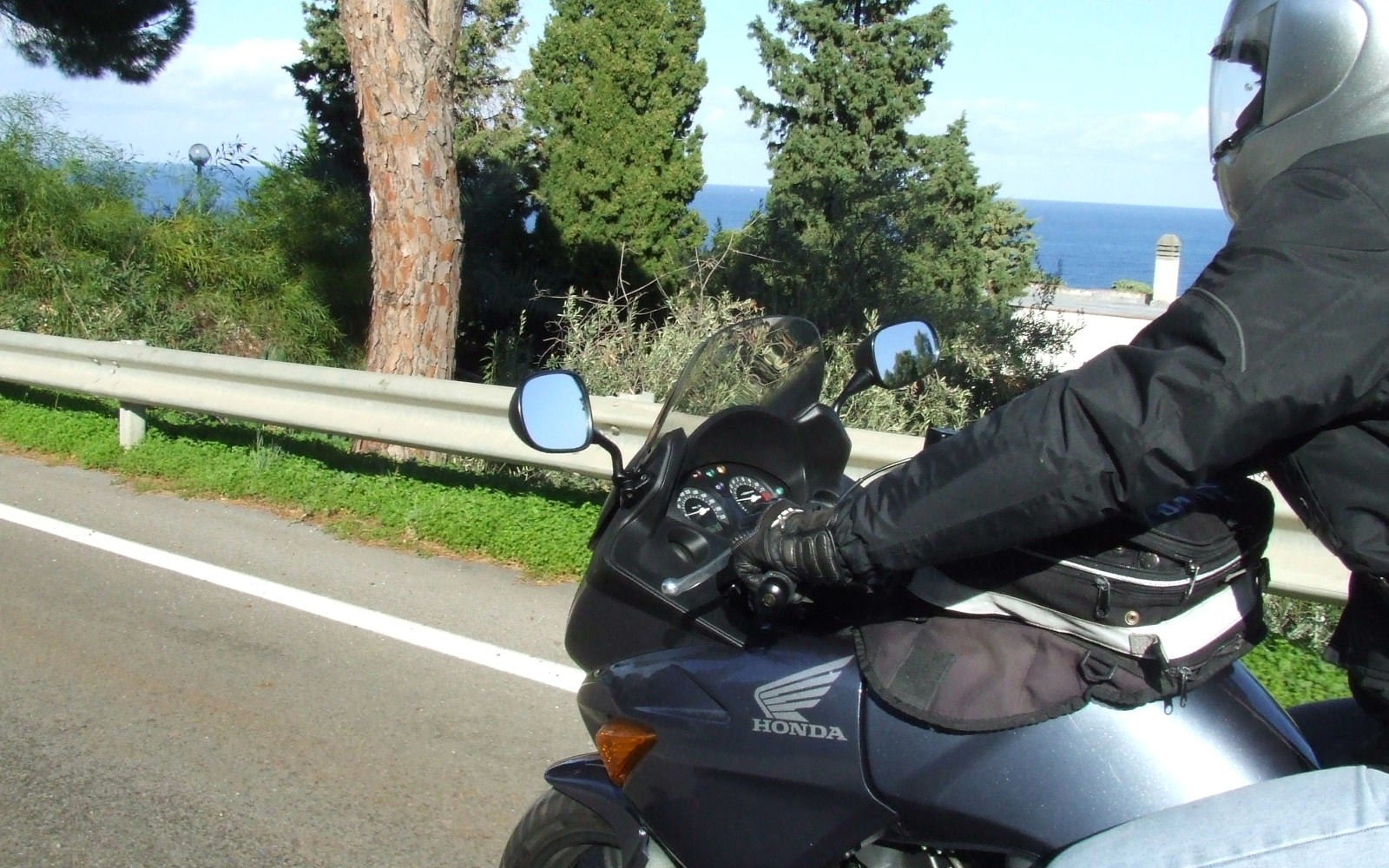Cefalù
The Cathedral of Cefalù located in Piazza Duomo was built under the patronage of Roger II of Sicily, beginning in 1131. This style of Norman architecture would be more accurately called Sicilian Romanesque, the mosaics inside are among the most famous in the world.
Villa del Casale
Villa del Casale is an old Roman Residence of Hunting. It was built between the late 3rd century BC and the early 4th century AD. The most remarkable feature of the villa is the fl oor, mainly consisting of mosaics which fortunately endured in excellent condition.
In 1997, Villa Romana del Casale was declared from Unesco inalienable heritage of Mankind, not only because it is an extraordinary and important Roman remain, dated at the end of the Roman Empire, but also because it represents the complex system of economic, social and cultural relations of the Mediterranean basin. It includes 48 rooms. Almost in every room it is possible to see the splendid mosaics made almost certainly by north African workers. Surely the best known picture is the one of the girls wearing Bikinis. It is situated in one of the rooms to the South of the peristyle.
Villa Romana del Casale Open Everyday from 8.00 to 17.30 (winter) from 8.00 to 18.30 (summer)
Admission 2 Euros From 18 to 25 years old 4
Euros From 26
Val di noto
In the south east of Sicily, it is dominated by the limestone Iblean plateau. In 1693 the entire area was decimated by an enormous earthquake. The town area was rebuilt in what came to be known as the Sicilan baroque style; most notable the town of Noto itself, which is now a tourist attraction on account of its fine Baroque architecture. Other towns in the Val di Noto include Modica, Ragusa and Scicli. Many towns in the area were declared World Heritage by UNESCO in June 2002.
Modica
The city is situated in the Iblean mountains and was founded by the Sykels circa the 7th century B.C.
Over the centuries, as the city developed, it gradually became divided into “Modica Alta” (Upper Modica) and “Modica Bassa” (Lower Modica). During the last century the city has extended and developed new suburbs which include Modica Sorda, Monserrato, Idria, these are often referred to as Modern Modica; both old and modern quarters of the city are today joined by Europe’s highest bridge (300m).
Modica was the birth place of Salvatore Quasimodo, writer and 1959’s Nobel Prize, and also of Tommaso Campailla, the 18th century scientist and philosopher.


